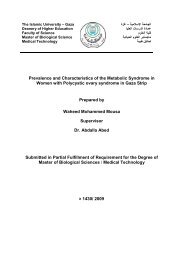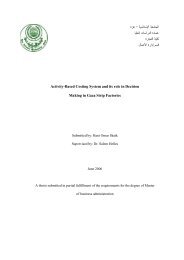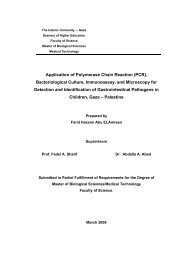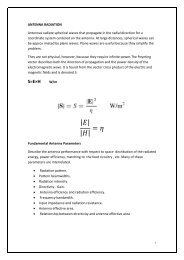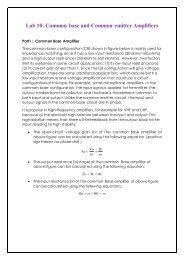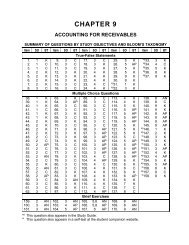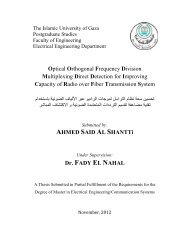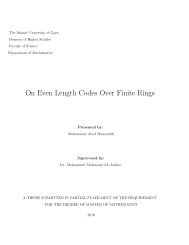A prActicAl guide Benchmarking in european Higher education
A prActicAl guide Benchmarking in european Higher education
A prActicAl guide Benchmarking in european Higher education
Create successful ePaper yourself
Turn your PDF publications into a flip-book with our unique Google optimized e-Paper software.
HISTORY OF BENCHMARKING<br />
This idea is <strong>in</strong> the spirit of ‘soft’ TQM, which also stresses <strong>in</strong>volvement,<br />
quality improvement from the work floor upwards, no fear environments<br />
enabl<strong>in</strong>g experimentation, etc. However, although ‘peer review’ is a very<br />
poplar term <strong>in</strong> quality assurance practice <strong>in</strong> higher <strong>education</strong>, <strong>in</strong> fact the<br />
discussion between evaluated and evaluators is often hampered from be<strong>in</strong>g<br />
a free, <strong>in</strong>tercollegial, discourse. There is a power distance between the two<br />
parties, which is larger, the larger the consequences of the evaluation are,<br />
and that makes communication asymmetrical. Besides, ‘high stakes test<strong>in</strong>g’,<br />
or high stakes evaluation for that matter, leads to tendencies on the side of<br />
evaluees to avoid ‘fail<strong>in</strong>g’ by all means, <strong>in</strong>tended or not (Westerheijden, 1990).<br />
Accreditation is therefore a poor environment for open, improvement-oriented<br />
peer review. But to some extent similar effects are visible <strong>in</strong> all publiclydriven<br />
quality assurance schemes <strong>in</strong> use <strong>in</strong> Europe even if they are not<br />
accreditation schemes.<br />
If quality assurance as practiced <strong>in</strong> Europe nowadays rarely helps enhance<br />
quality <strong>in</strong> higher <strong>education</strong>, what is it good for? First, there is positive value <strong>in</strong><br />
the other function of quality assurance, namely accountability for the function<strong>in</strong>g<br />
of higher <strong>education</strong> to society, <strong>in</strong> particular to the government<br />
(Vroeijenstijn, 1995). Second, higher <strong>education</strong> has become much more<br />
‘massified’ <strong>in</strong> recent decades and further growth of the proportion of each<br />
cohort to enter higher <strong>education</strong> is the goal <strong>in</strong> many countries. This makes<br />
higher <strong>education</strong> systems, and most higher <strong>education</strong> <strong>in</strong>stitutions separately,<br />
too large for <strong>in</strong>formal quality assurance: the non-management models<br />
prevail<strong>in</strong>g <strong>in</strong> higher <strong>education</strong> up until at least the 1980s and <strong>in</strong> many European<br />
countries for much longer, are not adequate to ma<strong>in</strong>ta<strong>in</strong> and lead massive<br />
<strong>in</strong>stitutions operat<strong>in</strong>g with thousands of staff members, serv<strong>in</strong>g tens of thousands<br />
of customers (students). From that perspective, even without external<br />
pressure, higher <strong>education</strong> systems and higher <strong>education</strong> <strong>in</strong>stitutions would<br />
probably need more explicit management.<br />
28 A Practical Guide - <strong>Benchmark<strong>in</strong>g</strong> <strong>in</strong> European <strong>Higher</strong> Education




